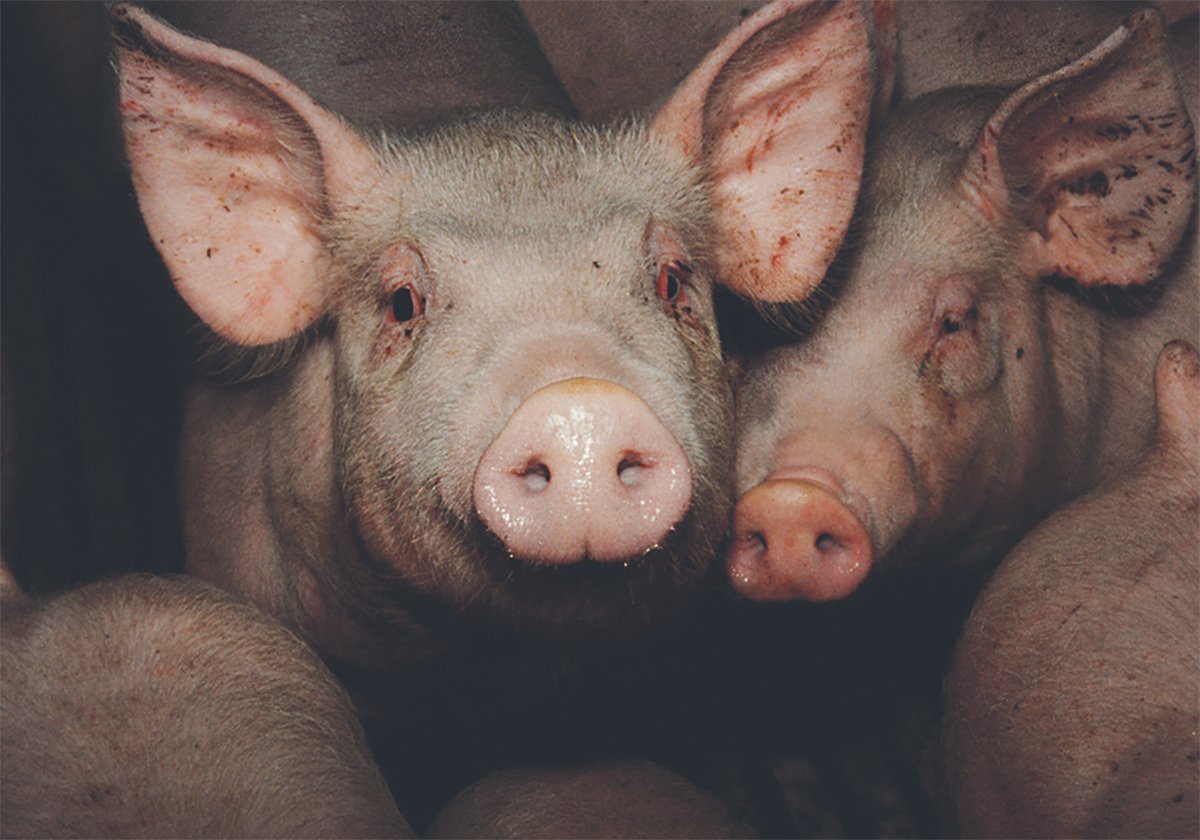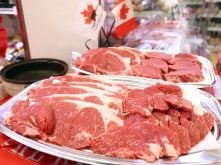QUEBEC CITY – Quebec farmers are among the first in the world to adopt electronic identification technology for sheep.
Wearing a bright yellow Allflex button tag in one ear and a bar code dangle tag in the other, every sheep in the province carries a unique number that can be identified with special electronic readers on the farm and at auctions, abattoirs and fairs.
“If an animal lost one tag we would never lose its trace,” said Linda Marchand, director of the province’s agri-food traceability program.
Read Also

The Western Producer Livestock Report – October 30, 2025
Western Producer Livestock Report for October 30, 2025. See U.S. & Canadian hog prices, Canadian bison & lamb market data and sales insights.
Farmers must replace lost tags.
Farm groups and the government agreed in 1998 that full traceback was needed on all food products for public safety and animal health protection.
The system is compulsory for all agricultural products, Marchand told 500 people attending the World Sheep Congress in Quebec City July 17-24.
Provincial agriculture groups want all cattle, pigs and sheep identified from gate to plate by next year. Right now, animals can be traced to slaughter plants.
Deer and eggs are expected to be included in the program next year.
After exploring identity programs used in France and Belgium, the Quebec sheep industry set out to develop its own system, in which all numbers are recorded in a central database through the provincial agriculture ministry.
The goal is to record farm premises, individual animals and the movement of animals until they die.
Geo-positioning was used to locate all farms in Quebec. A quick data communication system was set up and linked to the electronic tags. A reader picks up radio waves and the unique number is displayed on a computer screen attached to the handling chute.
The numbers are read with a wand passed over the electronic button while the animal is in a chute. As well as the identification number, farmers can add birth, sex, weight, pregnancy and animal location information to their computer records.
Information is trans-ferred hourly via the internet to the database.
If there is a food safety problem or an animal disease emerges, a veterinarian can travel quickly to the exact location and avert a crisis, Marchand said.
Allflex has provided animal identification in Europe, Canada, Mexico, New Zealand, Australia, South America and Japan. It manufactures the Quebec tags at Ste. Hyacinthe.
The trend around the world is toward electronic identification, par-ticularly for animal and human health traceback.
Jacques Martin of Allflex said some countries also use it to count and track livestock for farm subsidy programs.















